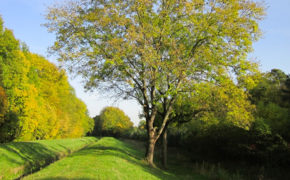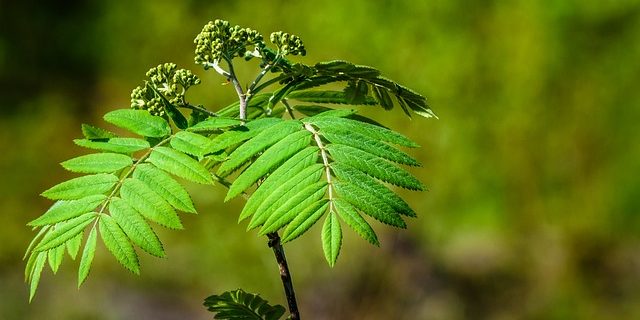
Get a quick no obligation quote It’s free and will only take a jiffy!
How to Care for Newly Planted and Sapling Trees
As we explored last month, there are so many benefits to planting trees. From providing a habitat in which wildlife can thrive, to combating climate change, creating shade and shelter and preventing flooding and erosion, even planting a single tree can make a considerable difference.
How to plant trees and go about formative pruning were subjects we covered in our last post. But what about ongoing care? How to go about making sure those trees you’ve lovingly planted flourish over the next crucial five years? Let’s take a closer look at what you need to be doing to care for newly planted and sapling trees.
How to ensure long term health for young and sapling trees
The first five years of a tree’s life are critical to its health in the long term. Good watering, pruning and other forms of sapling tree care will lead to a healthy, mature tree as well as cutting down future maintenance costs.
Watering
Proper watering is vital for newly planted and sapling trees so that sufficient moisture and oxygen is delivered to the roots. Young trees in the first year should be deeply watered every day for the first two weeks after planting. Deep watering helps prevent weak surface roots from forming and encourages the growth of robust underground roots. Following that, a new tree needs watering once a week for the first year whilst it is still in leaf and he after that, every other week.
In the second year, water every two to four weeks during dry periods. Otherwise, allow the tree to seek out its own moisture sources deeper underground. This will help to form a resilient tree. Shallow watering leads to shallow roots and water dependency. Deeper, infrequent watering helps to create resilient trees.
During years three to five, watering at least once per month is ideal. Give the tree a good soaking with 20-30 gallons of water. When the tree gets to three to five years old it should be fully established and will only need occasional deep watering, particularly during very dry periods.
If it rains, that counts as a day’s watering. If it’s particularly hot and dry, up the watering to suit. Check the soil moisture every week down to 4-6 inches (10-15cm) below the surface. You want it moist but not wet.
Look out for symptoms of drought stress amongst your sapling trees such as yellowing or wilting leaves or leaves that are browning or curling at the edges. This is a sign that the tree isn’t receiving sufficient water.
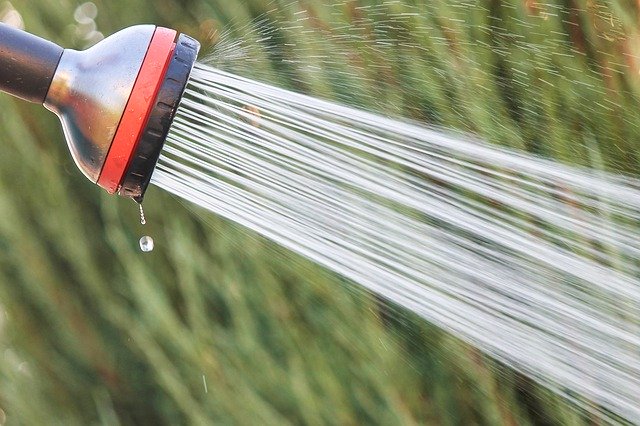
Mulching
Mulching is essential to help new and sapling trees retain moisture. It also helps to control soil temperature and keep weeds at bay that would otherwise compete with the tree for water and nutrients. Be sure not to over-mulch as this will create a cool, damp environment that will encourage pests, fungi and diseases.
All you need is around two to four inches or 5-10cm of organic mulch spread around the drip zone, i.e. as far as the leaves grow outwards. Rake the mulch one to two inches (25-50mm) outwards from the tree trunk to allow good air circulation.
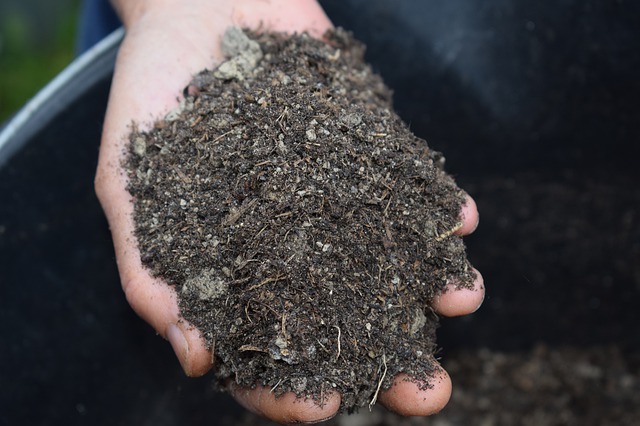
Pruning
When you first plant your new tree, you’ll want to trim out any minor defects such as dead, dying, damaged or diseased shoots. Other than that, avoid pruning your young tree for a minimum of a year otherwise you may limit its growth for the following year.
Once the first year is done, establish a central leader which will form the main trunk of the tree and then prune out any competing larger branches that may lead to imbalance. Your aim is to get the tree to grow upwards rather than outwards so that a good canopy structure is encouraged. Always take care not to damage the bark of the tree when pruning as this could lead to disease and decay. Avoid cutting branches flush with the main stem as this creates a larger wound.
The majority of native trees are best pruned in winter during their dormant phase, but it is important to check the instructions for your specific tree as some will deviate from this rule such as cherry and walnut which should be pruned during the summer to prevent sap bleeding.
If you are ever in doubt about the best time and methods to use for pruning sapling trees, always seek the professional advice of a qualified tree surgeon.
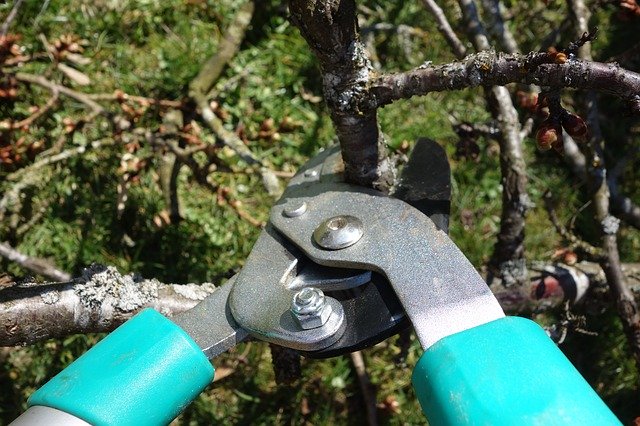
Protection
Young trees are prone to damage by weather and animals. Protection measures are vital. Tree guards, canes and stakes should be regularly checked that they are doing their jobs.
Be sure to pull up any grass or weeds that may be growing inside the guard as this will drain the moisture and nutrients from the tree and could attract pests. On this note, make sure you check for pests which can cause damage inside the tree guard.
Feeding
Choose a slow release fertiliser that delivers vital nutrients to the tree in a balanced way over time. Your aim is to buoy the tree’s growth, so feed during the spring to help support new flushes of leaves. Leaf growth is very nutrient demanding, so a general purpose fertiliser applied in May and early June will help.
Ensure the fertiliser contains minor trace elements such as magnesium and manganese plus nitrogen, phosphorus and potassium as some trees rely on these for good leaf colour.
Need professional help with your young and sapling trees?
TH Trees Ltd is here to help with a fully qualified and insured service covering all species of trees, from the youngest to the most mature and established. For tailored advice and helpful guidance, please get in touch.
Had a fallen tree in the early hours of Monday morning, called for quote and the team had it cleared on the same day. Really good communication when the lads were onsite and did a great job. Lots of pride in their work shown with the thorough clear up. Would thoroughly recommend.
Thank you Stuart for your kind review. We were glad to be able to help you with your fallen tree. If there's anything else you need in the future, please don't hesitate to get in touch.

